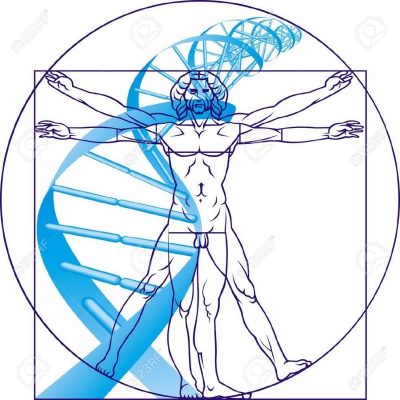Image from Cracking the da Vinci code: Scientists, historians on quest to sequence artist’s DNA
The use of DNA identification and analysis as evidence started to become routine practice in courtrooms in the 1990s. By 2021 DNA forensics and related genealogy have become a formidable part of the tool kit of criminal investigation. Beyond the legal domain, the natural sciences play an increasing role in the world of art as well. Until recently, physics and chemistry application such as radiocarbon dating and imaging techniques dominated scientific applications to art, allowing for the nondestructive examination of artworks to observe features invisible to the naked eye.
In recent years, a role has emerged for biology in investigating works of art based on biological residues, including traces of DNA, on the surface of works of art to verify (or falsify) the authenticity of paintings. Besides authenticity, DNA, as well as other biological evidence retrieved from artwork, might offer new insights into the extraordinary visual acuity or other sensory attributes of the artists producing the work as well as their family history and the materials they used. One such project, coordinated by PHE director Jesse Ausubel, focuses on the work of Leonardo Da Vinci. Two papers delivered by PHE researcher David Thaler at a conference in 2019 — Evidence for extraordinary visual acuity in Leonardo’s comment on a dragonfly,” and “Sfumato in Leonardo’s portraits: Optical and psychophysical mechanisms — explore the visual acuity of the great artist and scientist and were published in 2020 in the book ‘Léonard de Vinci, pionnier de l’anatomie : anatomie comparée, biomécanique, bionique, physiognomonie’. In 2021 the Leonardo Da Vinci DNA Project reached a milestone by documenting a comprehensive Genealogical Tree covering 500 years of the history of the Da Vinci Family based on baptismal and other records of living descendants of Leonardo’s half-brothers who have been identified in Tuscany.
